Child Rights Action Hub
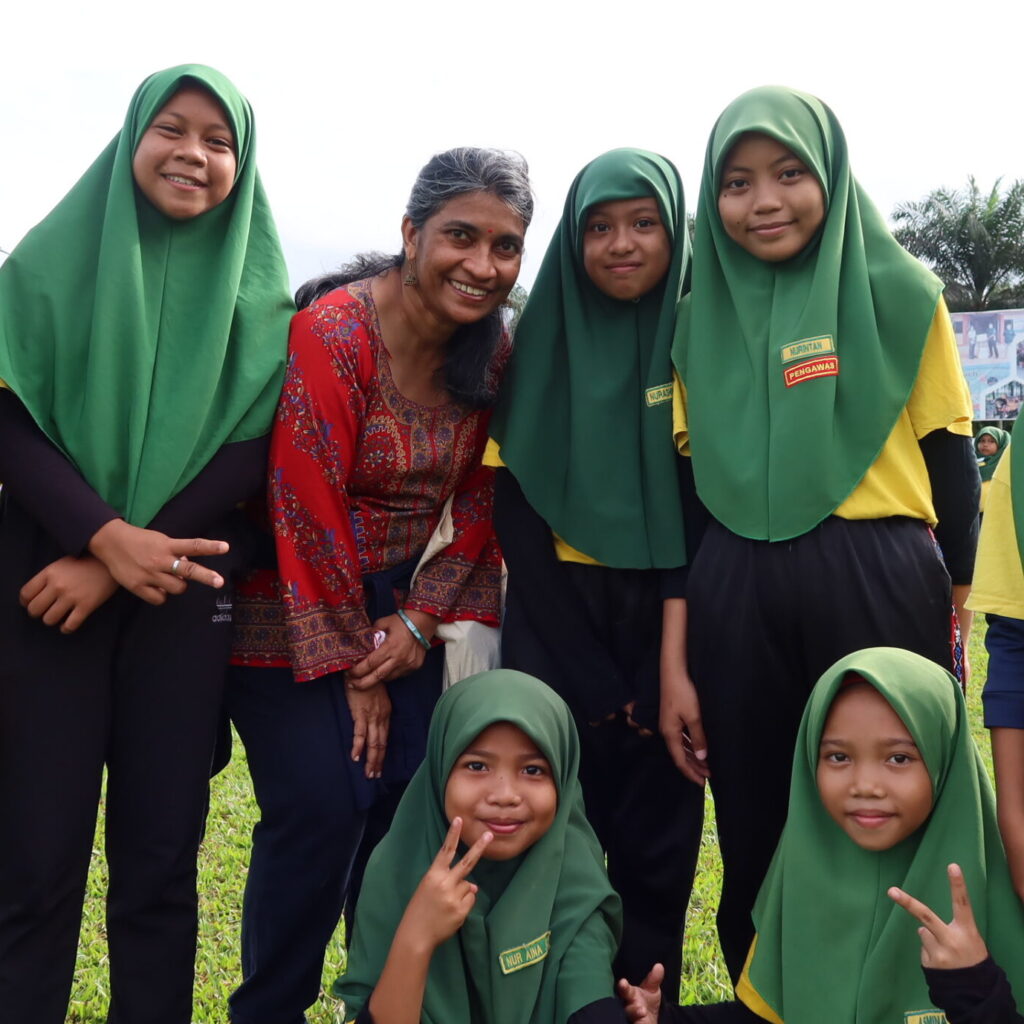
About the Child Rights Action Hub
The Child Rights Action Hub, a MY Voice Initiative, addresses child labour at scale, with a focus on child labour risks in Malaysia’s palm oil sector. The Action Hub, the first of its kind in Malaysia, facilitates collaborative action, enabling private sector actors (retailers, brands, and suppliers) and solution providers in the community to participate in joint activities and address child labour risks in their supply chains.
The Centre for Child Rights and Business, with its global knowledge and experience in child labour prevention and remediation, is tasked to manage the Action Hub. Amid evolving human rights due diligence frameworks and regulations, the Action Hub empowers brands and retailers to engage lower-tier suppliers in preventing and addressing child labour.

Our core aim is the long-term prevention and remediation of child labour in the palm oil industry.
Why is there a need for a Child Rights Action Hub?

Growing need for joint solutions which maximise collective leverage, impact and resources amongst retailers, brands and suppliers

Escalating demand for scalable, pragmatic, and timely solutions to remediate child labour cases

Ongoing child labour risks, especially in lower tiers, necessitate accelerating progress in addressing the root causes
How will we do it?
Working closely with existing systems
The Action Hub works closely with existing systems, including government and non-government services, to provide the best possible solutions for child labour prevention and remediation.
Retailers, brands, international funding, donor countries
Malaysian palm oil plantations, particularly lower tiers
Plantation workers, families and children in palm-oil harvesting communities

Key workstreams
1
Training and resources to support potential case managers, community focal points and service providers
2
Sharing knowledge and good practices on child labour prevention and remediation
3
Child labour remediation that includes individual-level solutions, employer corrective and preventive action, and community initiatives
Child labour remediation
Our remediation process focuses on three different levels with the following intended outcomes:
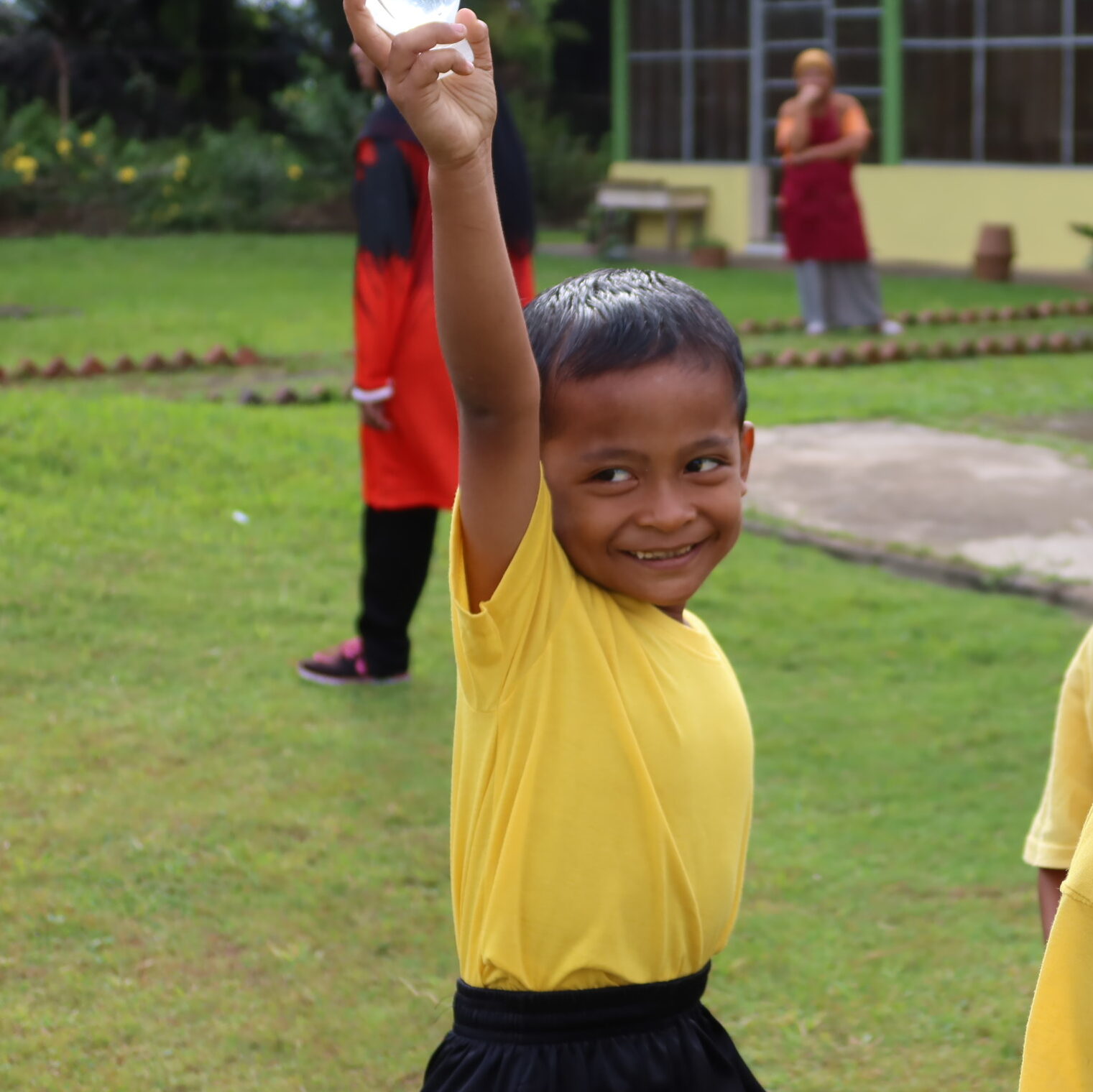
Removing a child from child labour to provide safer options or offering non- hazardous work if above the minimum working age
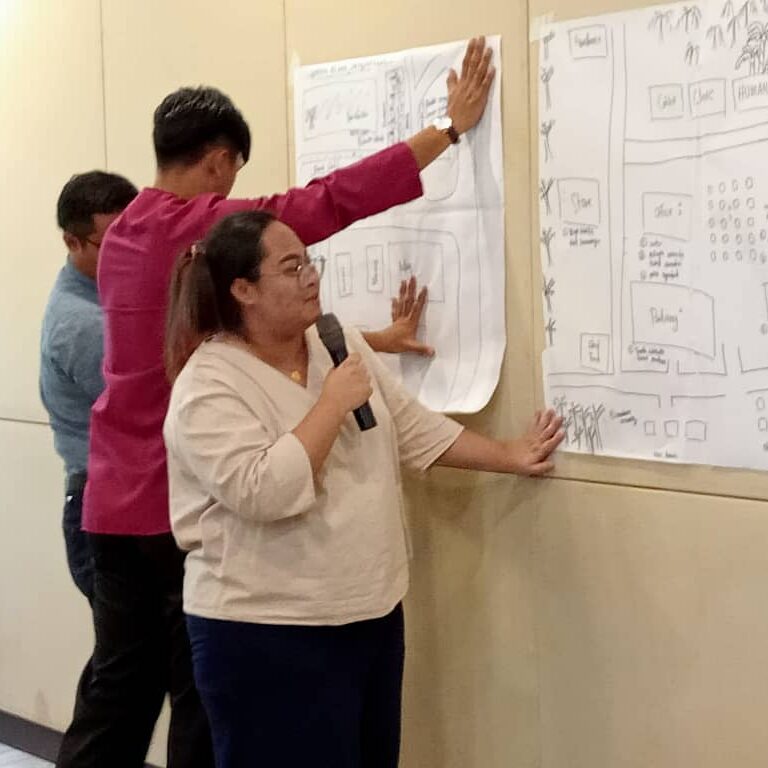
Develop company-level corrective action plan to prevent further child labour risks, such as policy development, systems change, or capacity building
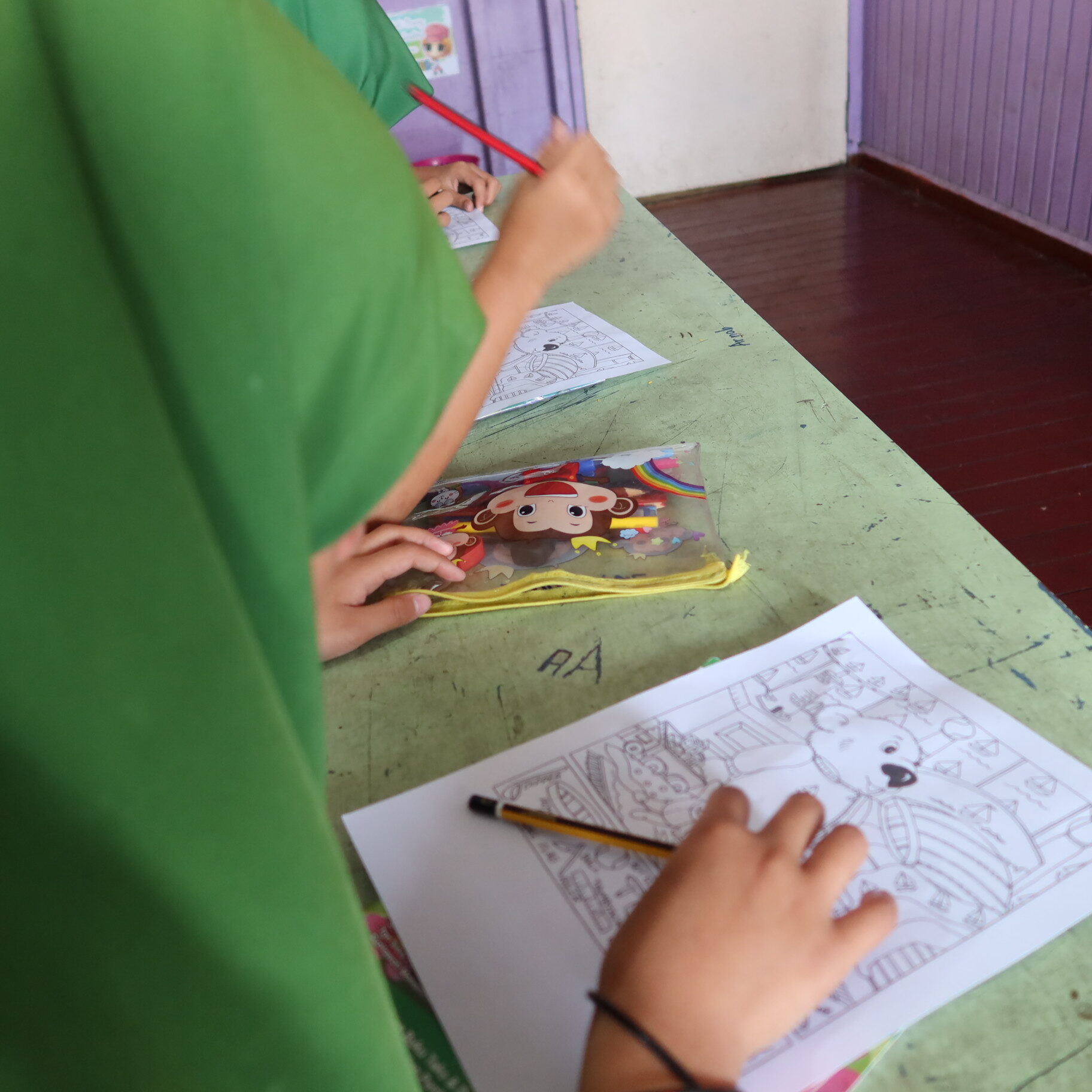
Tackle root causes of child labour, e.g., access to education, income-generating activities, decent work opportunities for youth
Why does it make sense for buyers to join this initiative?
The Child Rights Action Hub aligns with a risk-based approach that helps companies understand and address adverse impacts on children, as called for in human rights due diligence legislation like the EU CSDDD.

Enhanced understanding of socioeconomic and contextual risk factors in Malaysia’s palm oil sector

Increased visibility into challenges, conditions, and opportunities in lower tiers

Collaboration with other stakeholders to tackle child labour risks at scale

Mitigation of child labour risks in a crucial and complex supply chain

Contribution to the local community by training local stakeholders to become case managers and child rights focal points

We help improve your business partners’ ability to identify and address adverse impacts, creating a stronger risk management system for a sustainable and resilient business.
2024 Highlights
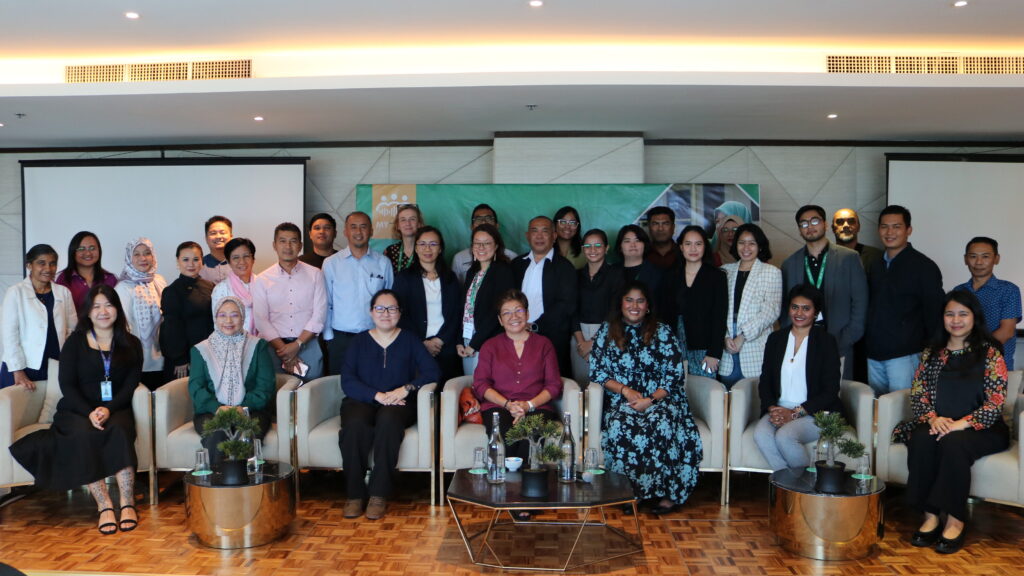
Official Launch of the Child Rights Action Hub
The Child Rights Action Hub, implemented under the MY Voice Initiative, was launched in Malaysia on World Day Against Child Labour.
Recent Updates
View recent updates about the Child Rights Action Hub →

Contact Information
To get involved or to learn more, please contact us:

